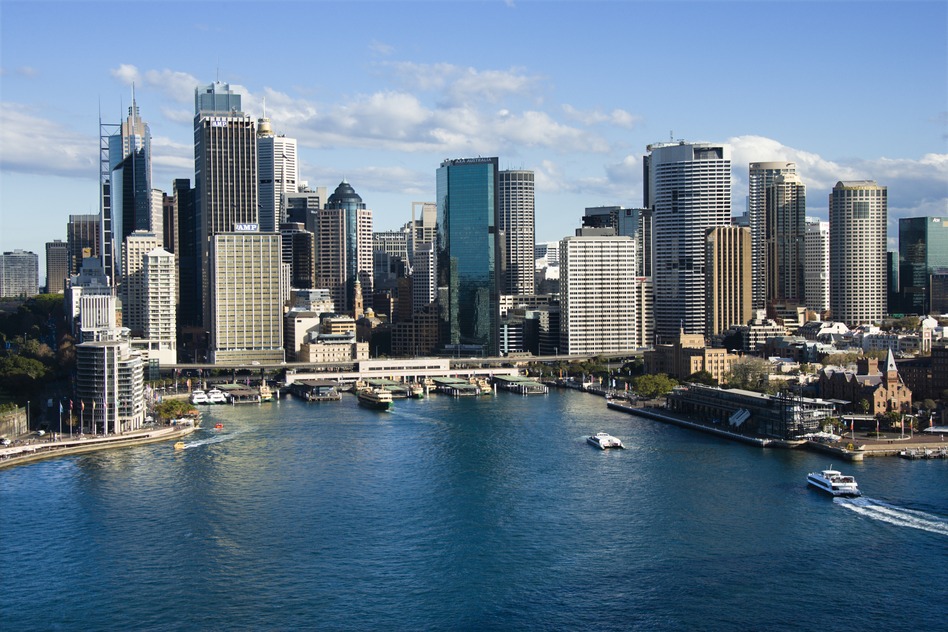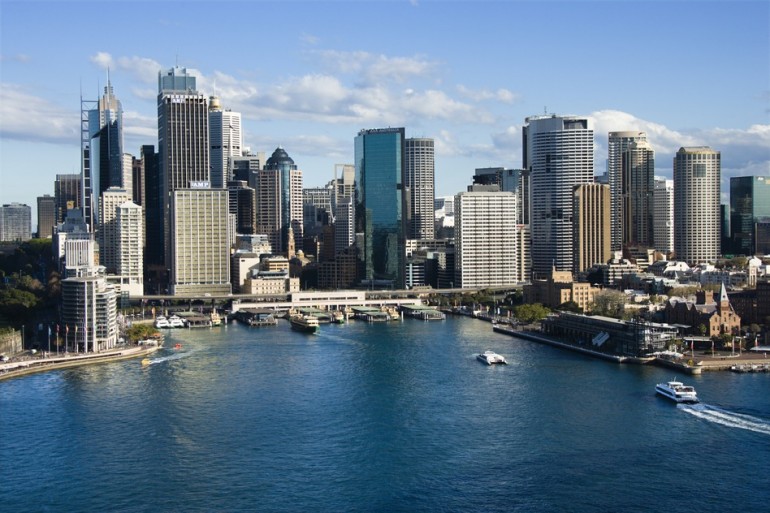Back up WordPress
Before you get started, it’s a good idea to back up your website. This means if there are any issues you can easily restore your website. Complete instructions to make a backup can be found in the WordPress Backups section of the Codex.
Ready to Update
Now that you’ve checked that you’re ready to update, you’ve turned off your plugins and you’ve got your backup, it’s time to get started.
There are two methods for updating – the easiest is the Automatic Update, which will work for most people. If it doesn’t work, or you just prefer to be more hands-on, you can follow the manual update process.
Automatic Update
Current versions of WordPress (2.7+) feature an Automatic Update. You can launch the automatic Update by clicking the link in the new version banner (if it’s there) or by going to the Tools -> Upgrade (or Update for version 3) menu. Once you are on the “Update WordPress” page, click the button “Update Automatically” to start the process off. You shouldn’t need to do anything else and, once it’s finished, you will be up-to-date.
For Automatic Update to work, at least two criteria must be satisfied:
(a) file ownership: all of your WordPress files must be owned by the user under which your web server executes. In other words, the owner of your WordPress files must match the user under which your web server executes. The web server user (named “apache”, “web”, “www”, “nobody”, or some such) is not necessarily the owner of your WordPress files. Typically, WordPress files are owned by the ftp user which uploaded the original files. If there is no match between the owner of your WordPress files and the user under which your web server executes, you will receive a dialog box asking for “connection information”, and you will find that no matter what you enter in that dialog box, you won’t be able to update automatically.
(b) file permissions: all of your WordPress files must be either owner writable by, or group writable by, the user under which your Apache server executes.
On shared hosts, WordPress files should specifically NOT be owned by the web server. If more then one user owns different files in the install (because of edits made by deleting and re-uploading of files via different accounts, for example), the file permissions need to be group writable (for example, 775 and 664 rather then the default 755 and 644). File permissions (in general) should be adjusted as appropriate for the server environment (the shared host RackSpace CloudSites for example recommends 700 and 600 for a single ftp user, or 770 and 660 for multiple ftp users). See the file permission section for more (some files and folders require stricter permissions).
If you have customized a standard theme (Twenty Twelve, etc.), you should not use the automatic upgrade, as it will overwrite your changes – you should use a manual update instead.
If you see a “failed update” nag message, delete the file .maintenance from your WordPress directory using FTP. This will remove the “failed update” nag message.
If the automatic upgrade doesn’t work for you, don’t panic! Just try a manual update.
Manual Update
These are the short instructions, if you want more check out the extended upgrade instructions. If you experience problems with the Three Step Update, you may want to review the more detailed upgrade instructions
For these instructions, it is assumed that your blog’s URL is http://example.com/wordpress/.


